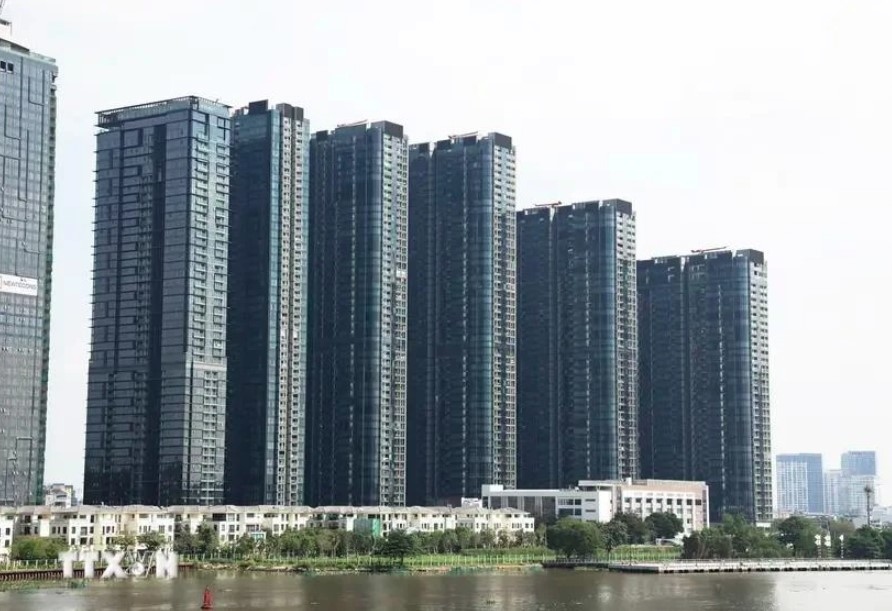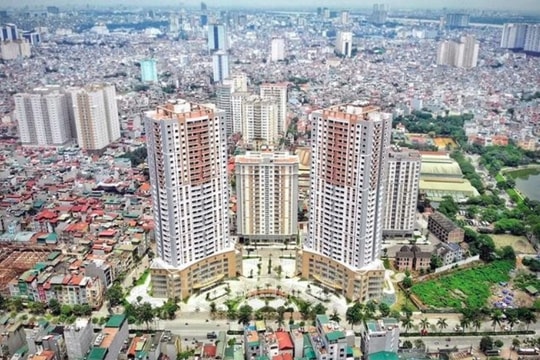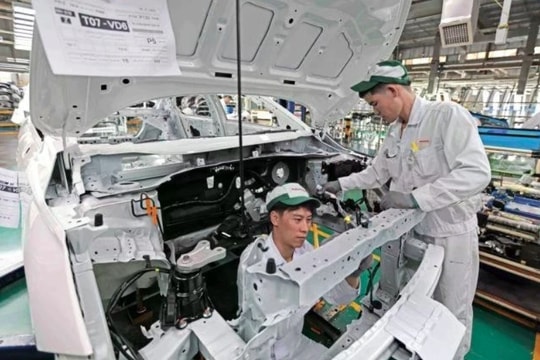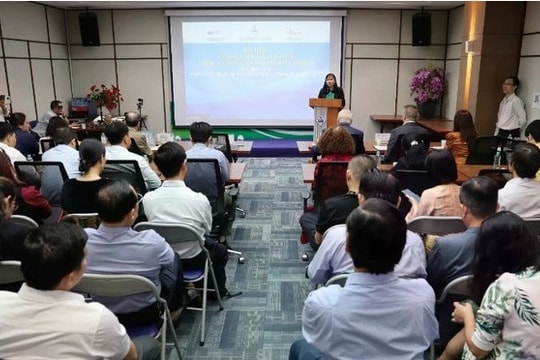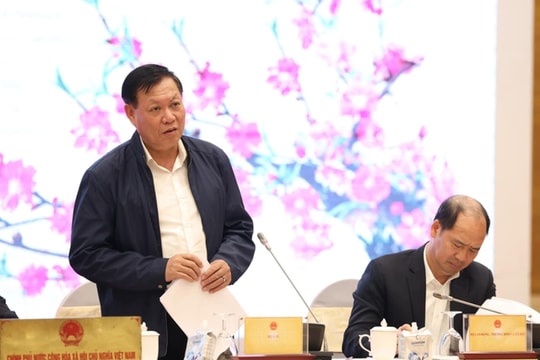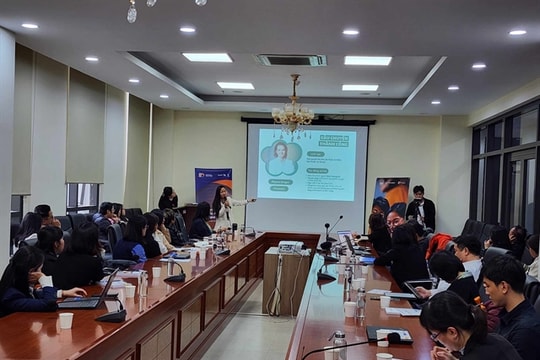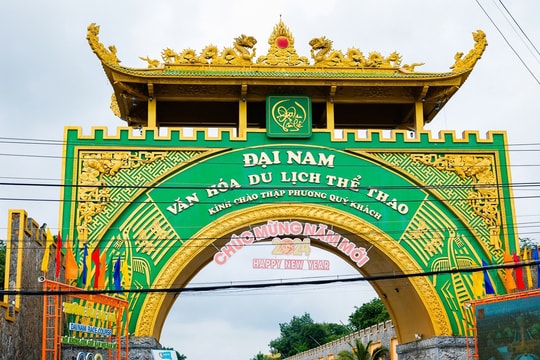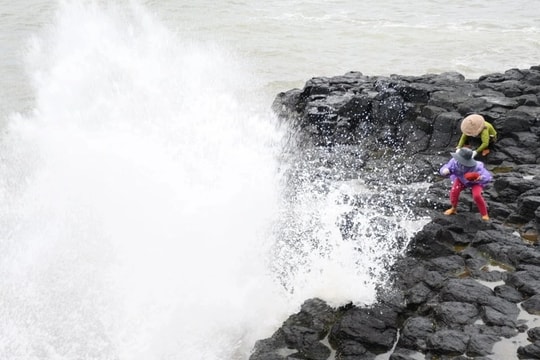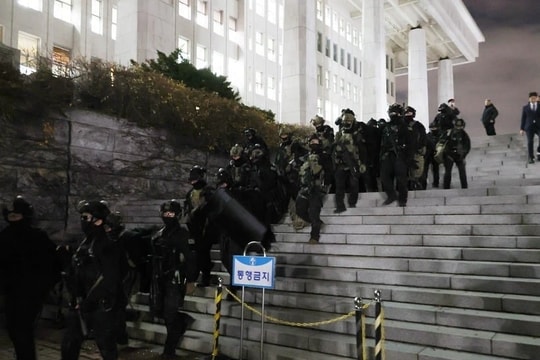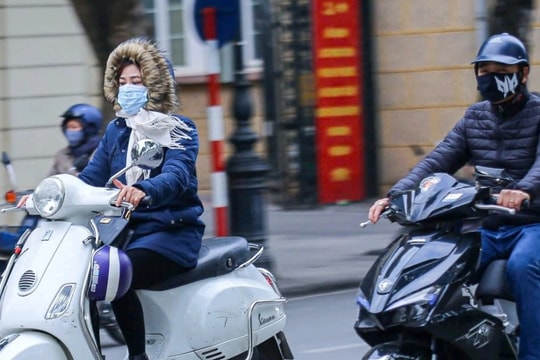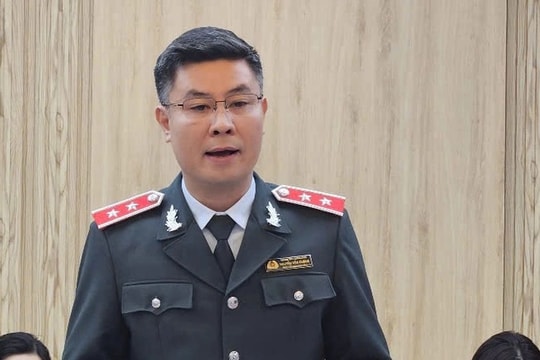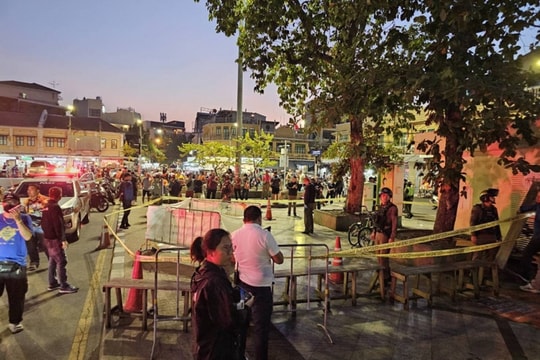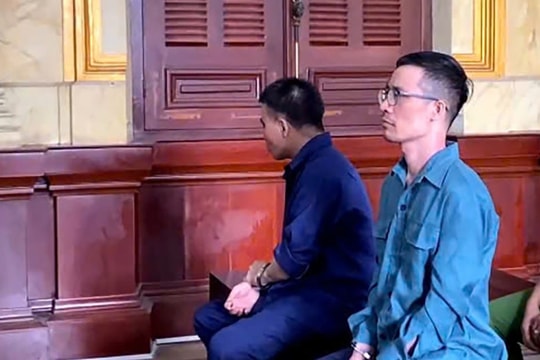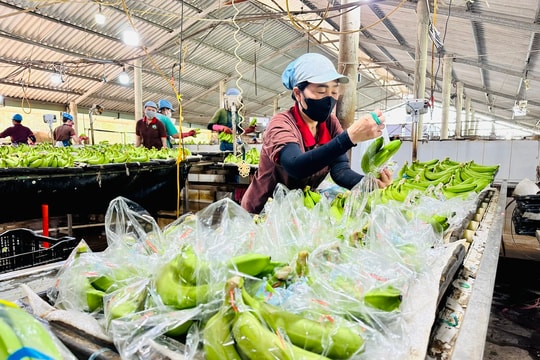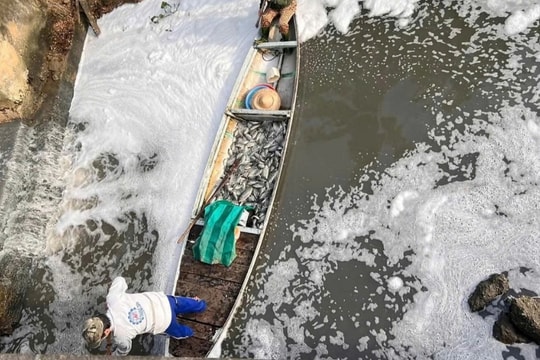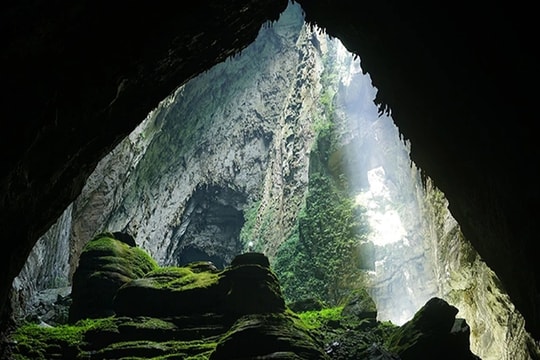The agency said that foreign investors funneled their money in 18 out of the 21 economic sectors, with the processing and manufacturing industry attracting the largest share of over US$12.65 billion, or 70.3% of the total.
The realty industry came second. Total newly-registered capital in the property market was US$1.94 billion while US$1.14 billion was disbursed during the seven-month span.
Experts from property consultancy firm Savills said Vietnam has opportunities to welcome the fourth wave of foreign direct investment (FDI), mainly into high-tech sectors like electronics, semiconductor, AI and renewable energy whose development has a direct impact on the industrial property on the back of an increasing demand for warehouses.
Thomas Rooney, Senior Manager of Industrial Services at Savills Hanoi, said that it is necessary to handle the energy issue at industrial parks to maintain their attractiveness to foreign capital in the coming time.
That the Vietnamese Government has sketched out a plan to build a 1,500 MW thermal power plant in the central province of Nghe An, which is expected to become operational in 2029-2030, is a notable effort to lure foreign investors, he added.
He also suggested industrial parks pay due attention to green trend as there is an increasing number of foreign businesses focusing on the development of the circular economy while Vietnam has eyed to achieve net-zero carbon emissions by 2050.
A Savills survey showed that around 80-85% of the foreign investors impose requirements on environment, social and governance (ESG) responsibilities, and Vietnam has climbed on the bandwagon.
According to statistics from the MPI, up to 50% of cities and provinces across the nation will plan to transform their existing industrial parks into eco ones, and 8-10% of the localities will develop new eco industrial zones, which are among the factors that help increase their attractiveness to foreign capital.
Total registered foreign capital in Vietnam during January – July amounted to more than US$18 billion in Vietnam, a year-on-year increase of 10.9%.
The disbursed investment was recorded at over US$12.55 billion, up 8.4% as compared to the same time last year.
Foreign investors injected US$10.76 billion in 1,816 new projects, rising 35.6% and 11.6%, respectively.
Meanwhile, 734 projects had their capital adjusted up with a total amount of more than US$10.76 billion, down 0.3% in the project number, and up 19.4% in capital year-on-year.
Capital contributions and share purchases fell 45.2% to US$2.27 billion.
Registering US$6.52 billion, Singapore was the biggest investor among the 91 countries and territories investing in the nation in the reviewed period, followed by China’s Hong Kong, Japan, China, and the Republic of Korea.
The foreign investors landed their capital in 48 cities and provinces across the nation. Bac Ninh attracted the largest amount of foreign capital with nearly US$3.2 billion while in the second and third places were Quang Ninh and Ho Chi Minh City, luring over US$1.56 billion and US$1.55 billion, respectively.
The foreign-invested sector enjoyed a trade surplus of around US$27.9 billion (including crude oil), and contributed greatly to the nation’s trade surplus of US$12.4 billion during the seven-month period.
As of July 20, Vietnam was home to 40,777 valid foreign projects with total registered capital of US$487 billion. Some US$309.7 billion had been disbursed by the time.



